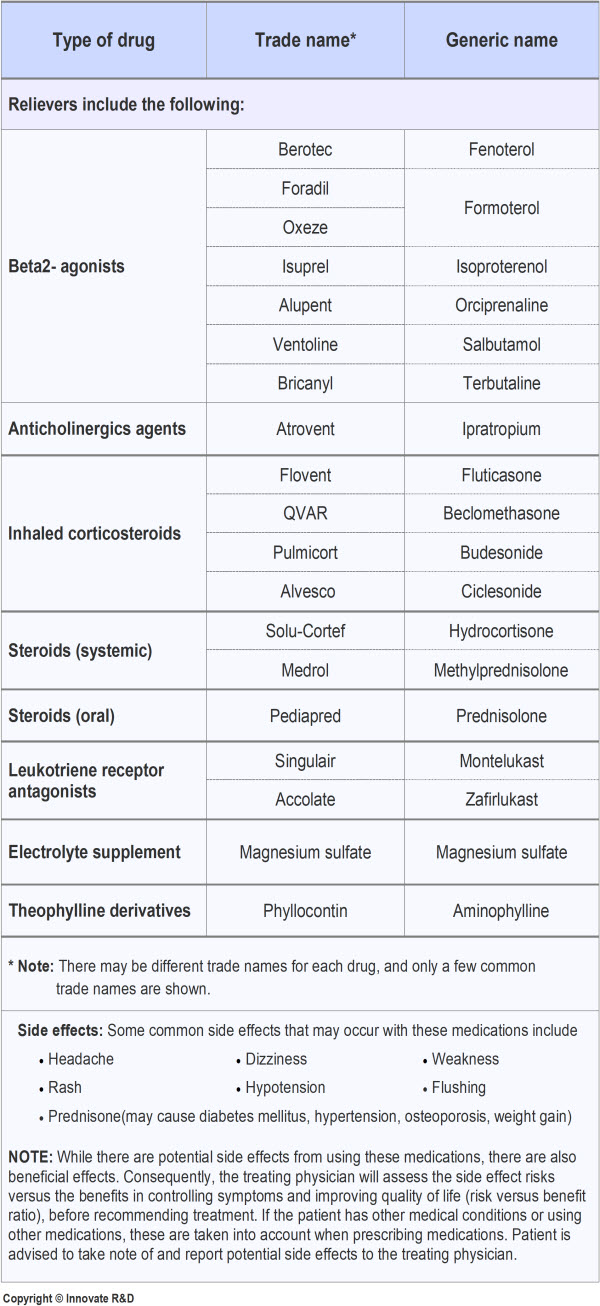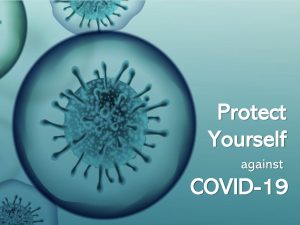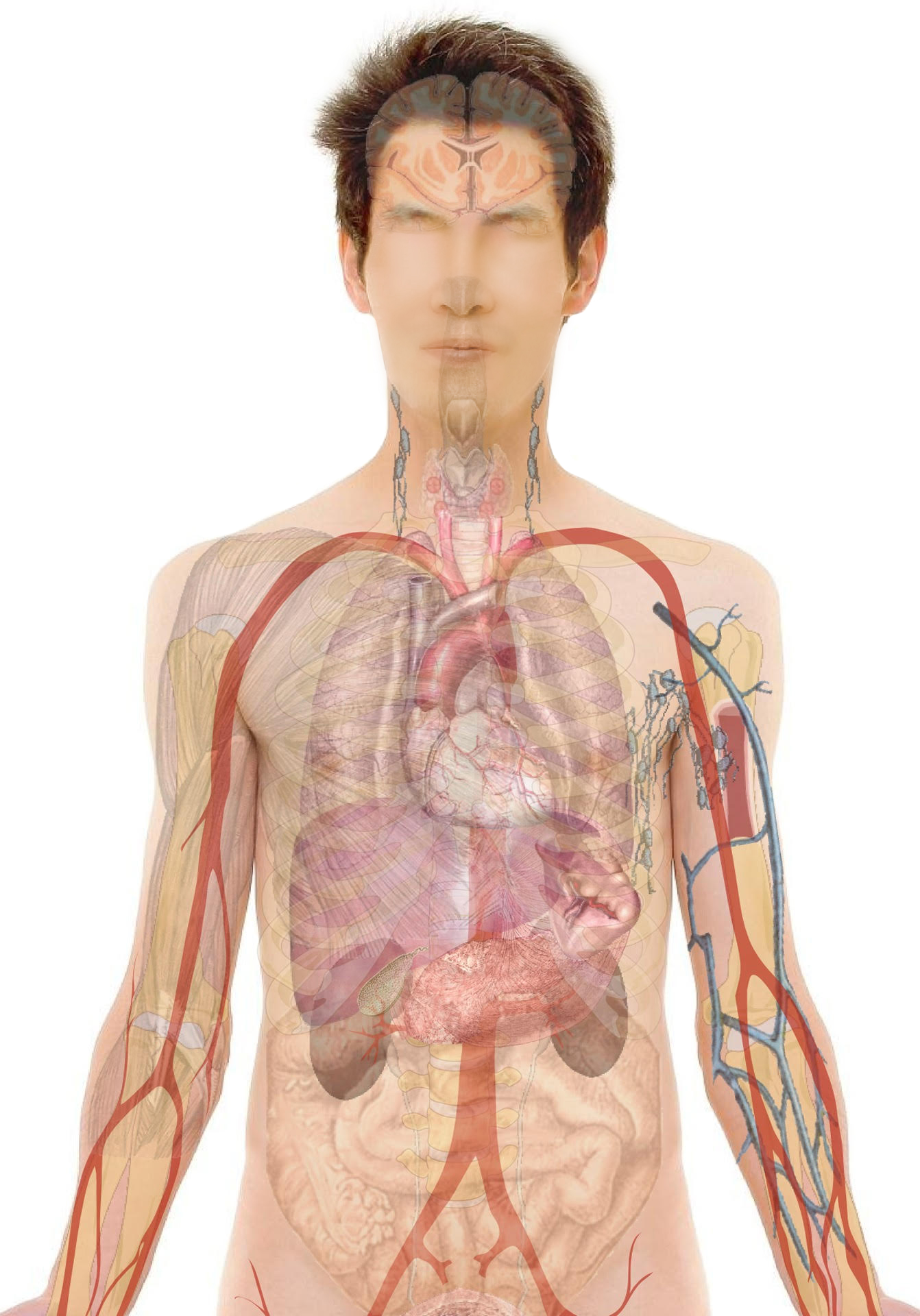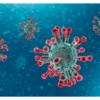Definition and Causes:
Asthma is due by inflammation and mucus that forms along the passageways leading into the lung. When we inhale, air moves through the trachea (windpipe) and into the bronchi that supply the right and left lung. Bronchi are divided into many other smaller branches called bronchioles (bronk-e-oles). Individuals with asthma have the tendency to develop inflammation and mucus within the bronchioles which restricts airflow. Furthermore, the bronchioles have muscular walls which constrict (tightens) during an asthma attack, further limiting airflow and adding to breathing difficulty. Attacks can come on suddenly and may be mild, moderate or severe, the latter may require urgent medical attention.

CAUSES:
- A combination of environmental and genetic (hereditary) conditions may lead to the development of asthma
- Triggers that might induce an attack can include:
- Pollen, dust, animal fur/dander
- Smoke, fumes/pollutants
- Respiratory tract infections
- Temperature change
- Strenuous activity/exercise
- Stress
Symptoms:
Often begins suddenly with:
- Cough
- Difficulty breathing/shortness of breath
- Tightness in chest
- Wheezing (whistling sound from the chest when breathing)
Symptoms that suggest the need for emergency treatment:
- Extreme difficulty breathing
- Increased breathing rate
- Difficulty speaking (speaking in short phrases or words)
- Facial discoloration (blue appearing lips and face)
- Rapid pulse
- Anxiety
- Confusion/drowsiness
Investigations and Treatment:
INVESTIGATIONS:
➢ Pulse oximetry
- A small sensor that is placed on the patient’s finger that indicates the amount of oxygen in the blood
➢ Chest x-ray
➢ Arterial blood gas
- A small puncture may be made into an artery at the patient’s wrist. A blood sample is taken and sent for analysis to determine the amount of oxygen in the blood
➢ Pulmonary function test
- Patients will breathe in and out through a mouthpiece, allowing doctors to determine the volume of air entering and leaving the lungs
➢ Allergy test
- A small scratch will be made on the patient’s skin and exposed to common substances that are known to trigger allergic reactions. These substances are called allergens. This test may help doctors to determine if asthma attacks are due to an allergic reaction
TREATMENT:
Treatment for asthma involves the relief of symptoms during attacks and the prevention of future attacks.
Acute treatment:
- Based on whether the attack is mild, moderate, or severe, and can include the use of inhalers/puffers, nebulizers (usually administered in a clinic or hospital), oxygen, inhaled, or intravenous steroids. Severe attacks usually require treatment and monitoring in a clinic or hospital setting equipped to handle respiratory distress
Chronic treatment:
- Controllers: Also known as preventers reduce inflammation in the airways; usually taken every day
- Relievers: Short term solution for breathing problems during an acute attack; do not reduce underlying inflammation. Increase use indicate worsening of asthma
Allergy-induced asthma:
- Treatment includes medications to help suppress and control the allergic reaction and reduce inflammation
Most commonly used Medications

Risk Factors and Prevention:
- Risk Factors:
- Anxiety
- Depression
- Urban environment
- Allergen exposure
- Family history
- Exposure to cigarette smoke
- Smog
- Obesity
- Premature birth/ low birth weight
Outcome:
- No definite cure
- Many cases of asthma in children will disappear as they age
- Attacks are normally easily controlled and prevented with appropriate medication
- However, the patient needs to be compliant with medications and both patients and families need to be aware of the emergency symptoms requiring urgent medical attention in an emergency room (ER)








